Home>Home Maintenance>What Should I Use For Drainage/Filler In Wooden Deck Planter
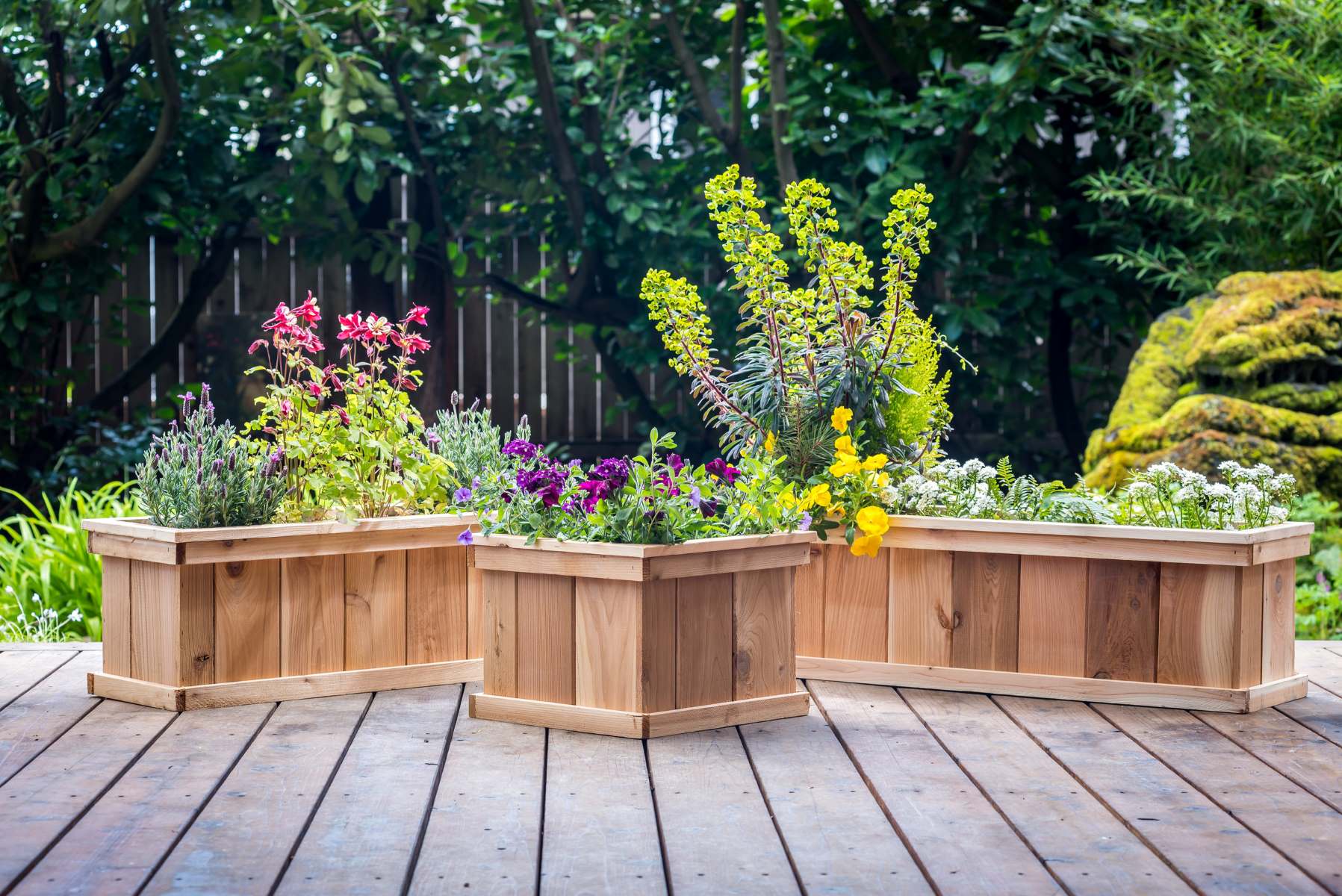

Home Maintenance
What Should I Use For Drainage/Filler In Wooden Deck Planter
Modified: March 7, 2024
Find out the best options for drainage and filler material in your wooden deck planter. Improve your home maintenance with these tips.
(Many of the links in this article redirect to a specific reviewed product. Your purchase of these products through affiliate links helps to generate commission for Storables.com, at no extra cost. Learn more)
Introduction
Welcome to the world of wooden deck planters! These versatile and stylish additions not only beautify your outdoor space but also provide a perfect spot to grow your favorite plants and herbs. However, when it comes to planting in wooden deck planters, one crucial factor to consider is drainage/filler material.
Proper drainage is essential to ensure your plants’ health and prevent waterlogging, which can lead to root rot and other plant diseases. Additionally, the right filler material helps keep the planter lighter and can provide insulation to protect the roots from extreme temperatures.
In this article, we will explore different types of drainage/filler materials for wooden deck planters and discuss their benefits and considerations. By understanding these options, you can make an informed decision and create an ideal environment for your plants.
Key Takeaways:
- Choose the right drainage and filler materials for wooden deck planters to keep your plants healthy. Consider factors like plant needs, climate, and aesthetics to create an ideal environment.
- Experiment with different materials and combinations to find the perfect balance for your wooden deck planters. Observe your plants’ response and make adjustments as needed for beautiful and healthy growth.
Read more: What Can I Use For Planter Drainage
Importance of Drainage/Filler in Wooden Deck Planters
Proper drainage and filler material are crucial elements for the success of your wooden deck planters. Here’s why they are so important:
- Prevents Waterlogging: When excess water accumulates in the planter, it can drown the plant roots, causing them to rot. Drainage materials help prevent this by allowing excess water to flow out of the planter.
- Aerates the Soil: Good drainage and filler materials create air pockets in the soil, promoting oxygen circulation and preventing soil compaction. This is essential for healthy root development and overall plant growth.
- Regulates Moisture Levels: A well-drained planter ensures that the soil retains the right amount of moisture. It prevents water from stagnating around the roots and helps maintain the appropriate moisture balance necessary for plant health.
- Prevents Planter Weight Issues: Excessive moisture can make the planter heavy, which can strain your deck’s structural integrity. Using appropriate filler materials helps reduce the weight of the planter and prevents potential damage to your deck.
- Protects Against Extreme Temperatures: Certain filler materials act as insulation, buffering the roots from extreme temperatures. This protection is especially important during hot summers or freezing winters, ensuring the health and survival of your plants.
By understanding the importance of drainage and filler materials, you can set the stage for thriving plants in your wooden deck planters. Let’s now explore the various types of materials you can use for this purpose.
Types of Drainage/Filler Materials
When it comes to choosing the right drainage/filler material for your wooden deck planters, you have several options to consider. Here are some commonly used materials:
- Gravel: Gravel is a popular choice for providing drainage in planters. Its coarse texture allows water to pass through easily, preventing waterlogged soil. Additionally, it adds aesthetic appeal to the planter. To use gravel effectively, place a layer at the bottom of the planter before adding soil.
- Broken Ceramic Pieces: If you have old, broken ceramic pots lying around, don’t throw them away! These pieces can be repurposed as drainage/filler material. The gaps between the broken pieces allow water to drain out, while the ceramic provides insulation and reduces the planter’s weight.
- Styrofoam Peanuts: Styrofoam peanuts, those lightweight packaging materials often found in shipping boxes, can make excellent filler material for wooden deck planters. They create air pockets in the soil, improve drainage, and reduce the weight of the planter. Ensure the peanuts are clean and free from any chemicals before use.
- Drainage Mat: A drainage mat is a special fabric that allows water to pass through while preventing soil erosion. It can be used as a barrier between soil and filler material to enhance drainage. Cut the drainage mat to fit the size of the planter and place it on top of the gravel layer.
- Leca Balls: Leca balls, also known as clay pebbles, are lightweight expanded clay spheres that are highly porous. They improve drainage, provide insulation, and create air pockets for root oxygenation. Leca balls are commonly used in hydroponic and indoor gardening, but they work just as well in outdoor wooden deck planters.
Remember, you can also mix and match these materials based on your specific needs. For example, you can combine gravel with broken ceramic pieces or use a layer of leca balls topped with styrofoam peanuts. The key is to find a balance between drainage and filler to create an optimal environment for your plants.
Now that we’ve explored different drainage/filler materials, let’s delve into the factors you should consider when choosing the right option for your wooden deck planters.
Gravel
Gravel is a widely used drainage and filler material for wooden deck planters. Here’s why it’s a popular choice:
- Excellent Drainage: Gravel has a coarse texture that allows water to flow easily through the soil. This prevents waterlogging and ensures that excess moisture drains away efficiently.
- Aesthetically Pleasing: Gravel adds a touch of beauty to your planters, creating a visually appealing look. It comes in various colors and sizes, allowing you to choose a style that complements your outdoor space.
- Improves Air Circulation: The gaps between the gravel particles promote air circulation in the soil, preventing it from becoming compacted. This helps maintain healthy root growth and overall plant health.
- Reduces Planter Weight: Gravel is relatively lightweight compared to other filler materials, making it ideal for preventing excessive weight in your wooden deck planters. It ensures that your planter doesn’t put unnecessary strain on the structure of your deck.
- Easy to Install: Using gravel as a drainage and filler material is straightforward. Simply place a layer of gravel at the bottom of the planter before adding soil. The gravel will effectively prevent waterlogging while providing the necessary drainage.
When using gravel, it’s important to choose the right size and type of gravel. Opt for gravel that is between ¼ inch to ⅜ inch in size, as smaller gravel may wash away with water, while larger gravel may obstruct water drainage. Additionally, using gravel with rounded edges is recommended, as it allows water to flow more freely.
While gravel is an excellent drainage material, it’s important to note that it does not provide much insulation for the roots. Therefore, if you live in an area with extreme temperatures, you may want to consider using a combination of materials or adding an extra layer of insulation to protect your plants.
Overall, gravel is a versatile and effective drainage/filler material for wooden deck planters. Its benefits include excellent drainage, aesthetic appeal, improved air circulation, reduced planter weight, and easy installation. By incorporating gravel into your planters, you can create a healthier growing environment for your plants.
Next, we’ll explore another option for drainage/filler material: broken ceramic pieces.
Broken Ceramic Pieces
Don’t throw away those broken ceramic pots! They can serve a valuable purpose as drainage and filler material for your wooden deck planters. Here’s why broken ceramic pieces are a great option:
- Excellent Drainage: Broken ceramic pieces create ample gaps in the planter, allowing water to easily drain out. This prevents water from accumulating and ensures that the plant roots don’t become waterlogged.
- Insulation: Ceramic provides insulation for the plant roots, protecting them from extreme temperatures. During hot summers or cold winters, the ceramic acts as a buffer, regulating the temperature and creating a more stable environment for the plants.
- Reduced Planter Weight: Compared to other filler materials, broken ceramic pieces are relatively lightweight. This is advantageous, especially if you have larger planters, as it prevents the planter from becoming too heavy and potentially damaging your wooden deck.
- Reuse and Recycle: Repurposing broken ceramic pots as drainage and filler material is an eco-friendly choice. Instead of throwing them away, you can give them a new life and contribute to reducing waste.
- Aesthetically Pleasing: Broken ceramic pieces can add visual interest and uniqueness to your wooden deck planters. The colorful fragments can create a mosaic-like effect, making your planters stand out in your outdoor space.
When using broken ceramic pieces, it is important to place a layer at the bottom of the planter to ensure proper drainage. The size of the ceramic pieces can vary, but aim for shards that are around 1-2 inches in diameter. This size provides sufficient space for water to flow freely while minimizing the risk of soil erosion.
Another benefit of using broken ceramic pieces is that they can help create different soil levels in the planter. By strategically placing larger pieces closer to the bottom and smaller pieces towards the top, you can create a tiered effect, allowing for better drainage throughout the planter.
While broken ceramic pieces offer excellent drainage and insulation, it’s important to note that they may not be the best option for every plant. Some plants prefer a more moisture-retentive environment, so it’s important to consider the specific needs of your plants before using broken ceramic pieces as drainage and filler material.
In summary, repurposing broken ceramic pieces as drainage and filler material for your wooden deck planters provides benefits such as excellent drainage, insulation, reduced planter weight, environmental sustainability, and aesthetic appeal. Give your broken pots a second chance and create a functional and beautiful home for your plants.
Next, let’s explore the use of styrofoam peanuts as another option for drainage and filler material.
Styrofoam Peanuts
Styrofoam peanuts, those lightweight packaging materials found in shipping boxes, can be an excellent choice for drainage and filler material in your wooden deck planters. Here are some reasons why they are a popular option:
- Effective Drainage: Styrofoam peanuts create air pockets in the soil, allowing excess water to drain out. This prevents waterlogging and ensures that the plant roots stay healthy and free from rot.
- Lightweight: One of the main advantages of using styrofoam peanuts is their lightweight nature. This helps reduce the overall weight of the planter, making it easier to move around, especially for larger planters.
- Insulation: Styrofoam acts as an insulating material, regulating the temperature in the planter. It can protect the roots from extreme heat in the summer and cold weather in the winter, providing a more stable environment for your plants.
- Affordable and Readily Available: Styrofoam peanuts are widely available and often come at an affordable price, making them a cost-effective choice for drainage and filler material. You may even repurpose peanuts that come with shipped packages, reducing waste and saving money.
- Easy to Use: Using styrofoam peanuts in your wooden deck planters is simple and straightforward. Just add a layer of peanuts at the bottom of the planter before adding soil. The peanuts will effectively improve drainage and create a lighter planter.
When using styrofoam peanuts, ensure they are clean and free of any chemicals or contaminants. Some packing peanuts are made from biodegradable materials, which can be a more environmentally friendly choice.
It’s important to note that although styrofoam peanuts provide excellent drainage and insulation, they do not retain moisture like other filler materials. This means you need to monitor the moisture levels in the planter more closely and adjust your watering routine accordingly.
Another consideration is to prevent the styrofoam peanuts from floating to the surface when watering the plants or during heavy rain. To prevent this, you can cover the layer of peanuts with a layer of landscape fabric or a breathable mesh to keep the soil separate from the peanuts but still allow water to pass through.
In summary, styrofoam peanuts offer effective drainage, lightweight properties, insulation, affordability, and ease of use as drainage and filler material for wooden deck planters. Consider using them in your planters to create an optimal growing environment for your plants.
Next, let’s explore the use of a drainage mat as an alternative option for drainage and filler material in wooden deck planters.
Use a combination of gravel and landscape fabric for drainage and filler in a wooden deck planter. The gravel allows water to drain away from the soil, while the landscape fabric prevents soil from washing away.
Drainage Mat
A drainage mat is a specialized fabric that can be utilized as an effective drainage and filler material in your wooden deck planters. Here’s why a drainage mat could be a great choice:
- Enhanced Drainage: A drainage mat allows excess water to flow through, preventing water from pooling at the bottom of the planter. This ensures proper drainage and helps maintain optimal soil moisture levels.
- Prevents Soil Erosion: By acting as a barrier between the soil and filler material, the drainage mat helps prevent soil erosion while still allowing water to pass through. This is particularly beneficial when using lightweight filler materials that may be susceptible to being washed away.
- Improved Air Circulation: The use of a drainage mat promotes healthy air circulation within the planter, preventing the soil from becoming compacted. This enables better root development and overall plant growth.
- Prevents Planter Weight Issues: A drainage mat eliminates the need for a thick layer of filler material, minimizing the weight added to the planter. This is especially advantageous for larger planters, as it prevents unnecessary strain on your wooden deck.
- Easy to Install: The installation of a drainage mat is simple. Cut the mat to fit the size of your planter and place it on top of the gravel layer or directly on the bottom of the planter. The mat will help create better drainage and soil stability.
When selecting a drainage mat, look for a material that is durable and resistant to UV rays and moisture. Make sure the mat has sufficient thickness to provide proper drainage without obstructing water flow.
Along with drainage mats, consider using other filler materials like gravel or broken ceramic pieces to enhance the drainage function. The combination of a drainage mat and filler materials can create a well-balanced environment for your plants.
It’s worth noting that drainage mats are more commonly used in large planters or container gardens where water drainage is a significant concern. If you have smaller wooden deck planters or plants that don’t require excessive drainage, other filler materials may suffice.
In summary, a drainage mat is a practical and efficient option for drainage and filler material in your wooden deck planters. It offers enhanced drainage, soil erosion prevention, improved air circulation, weight reduction, and easy installation. Consider using a drainage mat to create an optimal environment for your plants’ growth.
Next, let’s explore another option for drainage and filler material: Leca balls.
Leca Balls
Leca balls, also known as clay pebbles or expanded clay spheres, are a versatile and effective option for drainage and filler material in your wooden deck planters. Here’s why they are a popular choice:
- Superior Drainage: Leca balls have excellent drainage properties, allowing excess water to flow through the soil easily. This prevents waterlogging and ensures that the plant roots receive the right amount of moisture.
- Improved Air Circulation: The porous nature of Leca balls allows for increased air circulation in the soil, preventing soil compaction and encouraging healthy root development.
- Insulation and Temperature Regulation: Leca balls act as insulation, protecting the plant roots from extreme temperatures. They help maintain stable soil temperatures, protecting your plants from excessive heat or cold.
- Lightweight: Leca balls are lightweight, making them an ideal choice for reducing the overall weight of your wooden deck planters. This is especially beneficial for larger planters or when moving the planters around.
- Environmentally Friendly: Leca balls are made from natural clay and are environmentally friendly. They are reusable and do not release any harmful substances into the soil.
When using Leca balls, layer them at the bottom of the planter to create a drainage layer. This layer should be around 1-2 inches deep, depending on the size of the planter. Add soil on top of the Leca balls and plant your desired vegetation.
One of the advantages of Leca balls is that they can be combined with other filler materials to create optimal drainage and soil conditions. For example, you can place a layer of Leca balls at the bottom of the planter and top it with a layer of gravel or broken ceramic pieces for additional drainage and insulation.
Another application of Leca balls is in hydroponic gardening, as they provide a stable base for plants to grow without traditional soil. If you are interested in experimenting with hydroponic techniques, Leca balls can be a valuable addition to your planters.
It’s important to note that while Leca balls are excellent for drainage, they do not retain moisture like some other filler materials. Therefore, it is necessary to monitor your plant’s water needs closely and adjust your watering routine accordingly.
In summary, Leca balls offer superior drainage, improved air circulation, insulation, lightweight properties, and environmental friendliness as drainage and filler material for wooden deck planters. Incorporating Leca balls into your planters can create an optimal growing environment for your plants.
Next, let’s explore the combination of different drainage and filler materials for wooden deck planters.
Combination of Materials
Using a combination of different drainage and filler materials can provide optimal results for your wooden deck planters. Here’s why combining materials can be beneficial:
- Enhanced Drainage: Combining materials like gravel, broken ceramic pieces, styrofoam peanuts, drainage mats, and Leca balls can improve the overall drainage in your planters. Each material contributes its unique properties to ensure excess water flows out effectively.
- Improved Soil Structure: Different materials can work together to create an ideal soil structure. For example, using gravel at the bottom of the planter followed by a layer of Leca balls can provide excellent drainage, while broken ceramic pieces and styrofoam peanuts can offer insulation and lightweight support.
- Flexible Options: Combining materials allows you to customize the drainage/filler properties based on your specific plant and environmental needs. You can adjust the ratio or thickness of each material to provide the ideal conditions for your plants.
- Aesthetic Appeal: By combining different materials, you can create unique and visually pleasing arrangements in your planters. The varied textures, colors, and patterns add an extra visual dimension to your outdoor space.
- Adaptability: Certain plants have specific moisture requirements. Having a combination of materials allows you to create microclimates within the same planter, accommodating different plant species with varying needs.
When combining materials, it’s important to consider the specific requirements of your plants. Some plants may benefit from a greater emphasis on drainage, while others may require more moisture retention. Adjust the proportions of the materials accordingly to create an optimum environment for the plants to thrive.
Experimentation is key when combining materials. You may want to start with a layer of gravel at the bottom of the planter, followed by a layer of Leca balls or broken ceramic pieces, and top it off with a layer of styrofoam peanuts. You can also incorporate a drainage mat to further enhance drainage and soil stability.
Observing and adapting to your plants’ response to the combination of materials will allow you to fine-tune the mixture and optimize their growth. Remember to monitor the moisture levels in the planter and adjust your watering schedule accordingly.
In summary, a combination of different drainage and filler materials offers enhanced drainage, improved soil structure, flexibility, aesthetic appeal, and adaptability for your wooden deck planters. Experiment with various materials to find the perfect blend that suits the needs of your plants and creates a beautiful and functional outdoor space.
Now that we’ve explored the different drainage and filler material options for wooden deck planters, let’s move on to discussing the factors to consider when choosing the right materials for your specific needs.
Read more: What Spackle Should I Use
Factors to Consider When Choosing Drainage/Filler Materials
When selecting drainage and filler materials for your wooden deck planters, it’s important to consider various factors to ensure the optimal health and growth of your plants. Here are some key factors to keep in mind:
- Plant Requirements: Different plant species have varying moisture preferences. Some plants thrive in well-draining soil, while others prefer more moisture-retentive conditions. Consider the specific needs of your plants and choose materials that align with their requirements.
- Planter Size and Weight: The size and weight of your wooden deck planters can influence the choice of drainage and filler materials. For larger planters, lightweight materials like styrofoam peanuts or Leca balls can help reduce the overall weight. Smaller planters may require a different combination of materials to ensure adequate drainage and moisture retention.
- Climate and Weather Conditions: The weather conditions in your area play a significant role in determining the appropriate drainage and filler materials. If you experience heavy rainfall, materials that promote better drainage are essential to prevent waterlogging. For hot and arid climates, additional moisture-retaining materials may be necessary to prevent dehydration of the plants.
- Longevity and Reusability: Consider the longevity and reusability of the drainage and filler materials. Some materials, like gravel or broken ceramic pieces, can be used for a long time without degradation. Others, like styrofoam peanuts, may break down or deteriorate over time. Choosing durable and reusable materials can save you money and reduce waste in the long run.
- Aesthetic Appeal: The visual aspect of your wooden deck planters is important to consider. Choose materials that not only provide functional benefits but also enhance the overall aesthetic of your outdoor space. Consider the colors, textures, and patterns of the materials to create an attractive and cohesive look.
- Availability and Cost: The availability and cost of the drainage and filler materials can influence your decision. Some materials may be more readily accessible in your area, while others may require additional sourcing or higher costs. Consider your budget and choose materials that offer a balance of affordability and effectiveness.
By carefully considering these factors, you can choose the right drainage and filler materials that meet the specific needs of your plants and your outdoor environment. Remember that you can also experiment with different combinations of materials to find the perfect balance for optimal plant health and aesthetics.
Now that we’ve discussed the important factors to consider, let’s wrap up our article.
Conclusion
Selecting the right drainage and filler materials for your wooden deck planters can greatly impact the health and success of your plants. By considering factors such as plant requirements, planter size and weight, climate, longevity, aesthetic appeal, availability, and cost, you can make informed choices to create an ideal environment for your plants to thrive.
Gravel offers excellent drainage and adds aesthetic appeal to your planters. Broken ceramic pieces provide effective drainage, insulation, and a unique visual element. Styrofoam peanuts are lightweight, offer good drainage, and are easily accessible and reusable. A drainage mat enhances drainage and prevents soil erosion. Leca balls provide superior drainage, insulation, and lightweight support.
Combining materials, such as gravel, broken ceramic pieces, styrofoam peanuts, drainage mats, and Leca balls, allows you to customize the drainage and moisture retention properties to suit your plants’ specific needs. It also offers enhanced air circulation, reduced planter weight, and increased adaptability.
Remember to consider plant requirements, planter size and weight, climate and weather conditions, longevity and reusability, aesthetic appeal, availability, and cost when choosing the right materials. This will help you create an optimal growing environment for your plants while ensuring a visually pleasing and functional outdoor space.
As you embark on your journey of wooden deck gardening, don’t be afraid to experiment with different materials and combinations. Observe how your plants respond and make adjustments as needed. With proper drainage and filler materials, your wooden deck planters will provide a nurturing home for your plants, resulting in beautiful and healthy growth.
Now armed with the knowledge of drainage and filler materials, go ahead and create stunning wooden deck planters where your plants can flourish and bring joy to your outdoor space!
Frequently Asked Questions about What Should I Use For Drainage/Filler In Wooden Deck Planter
Was this page helpful?
At Storables.com, we guarantee accurate and reliable information. Our content, validated by Expert Board Contributors, is crafted following stringent Editorial Policies. We're committed to providing you with well-researched, expert-backed insights for all your informational needs.
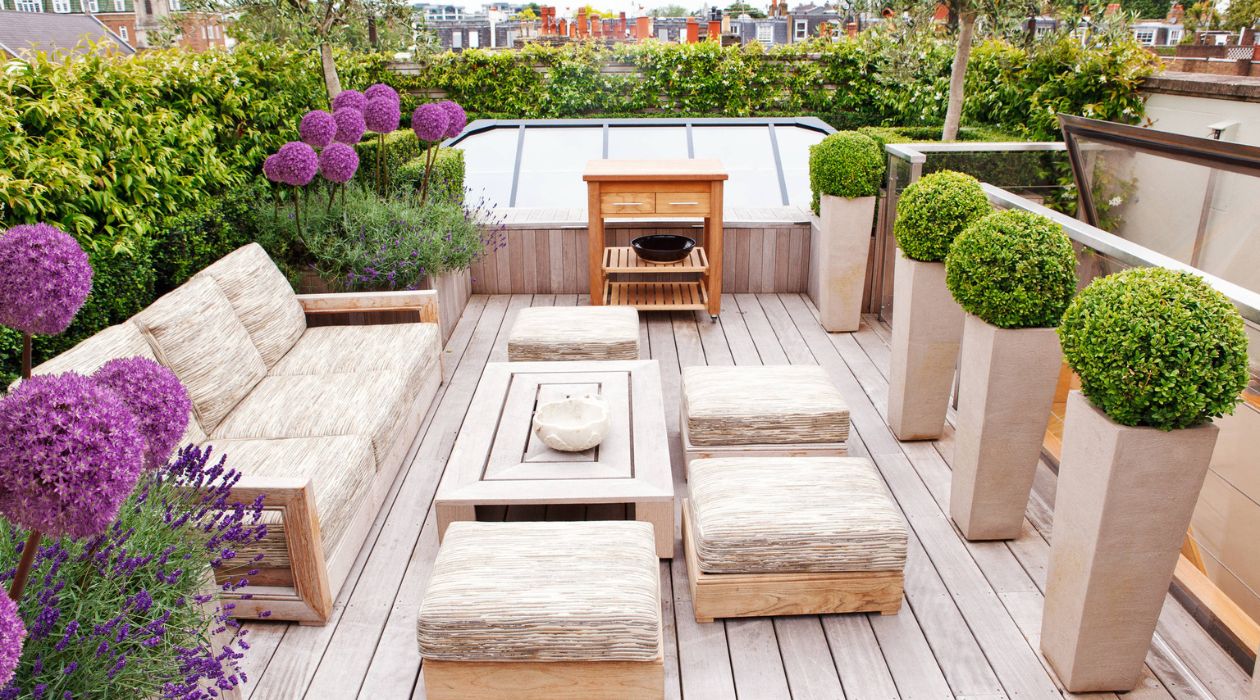
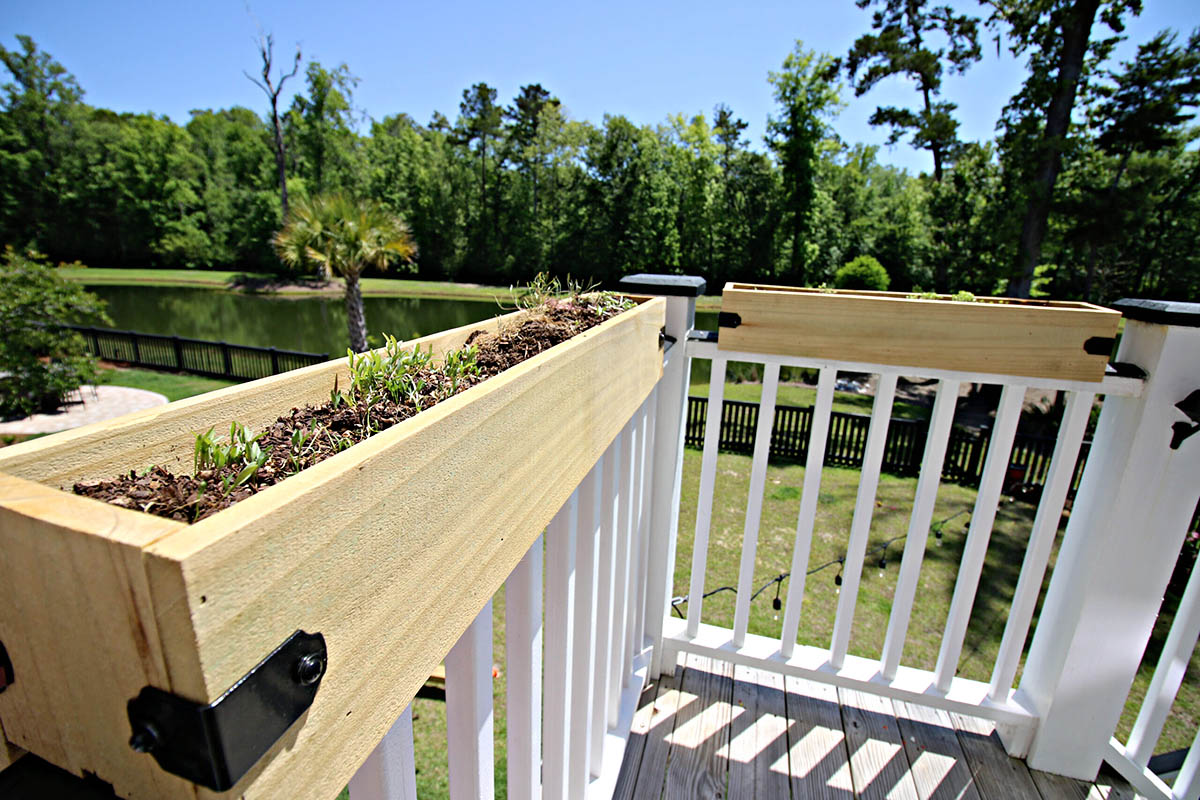
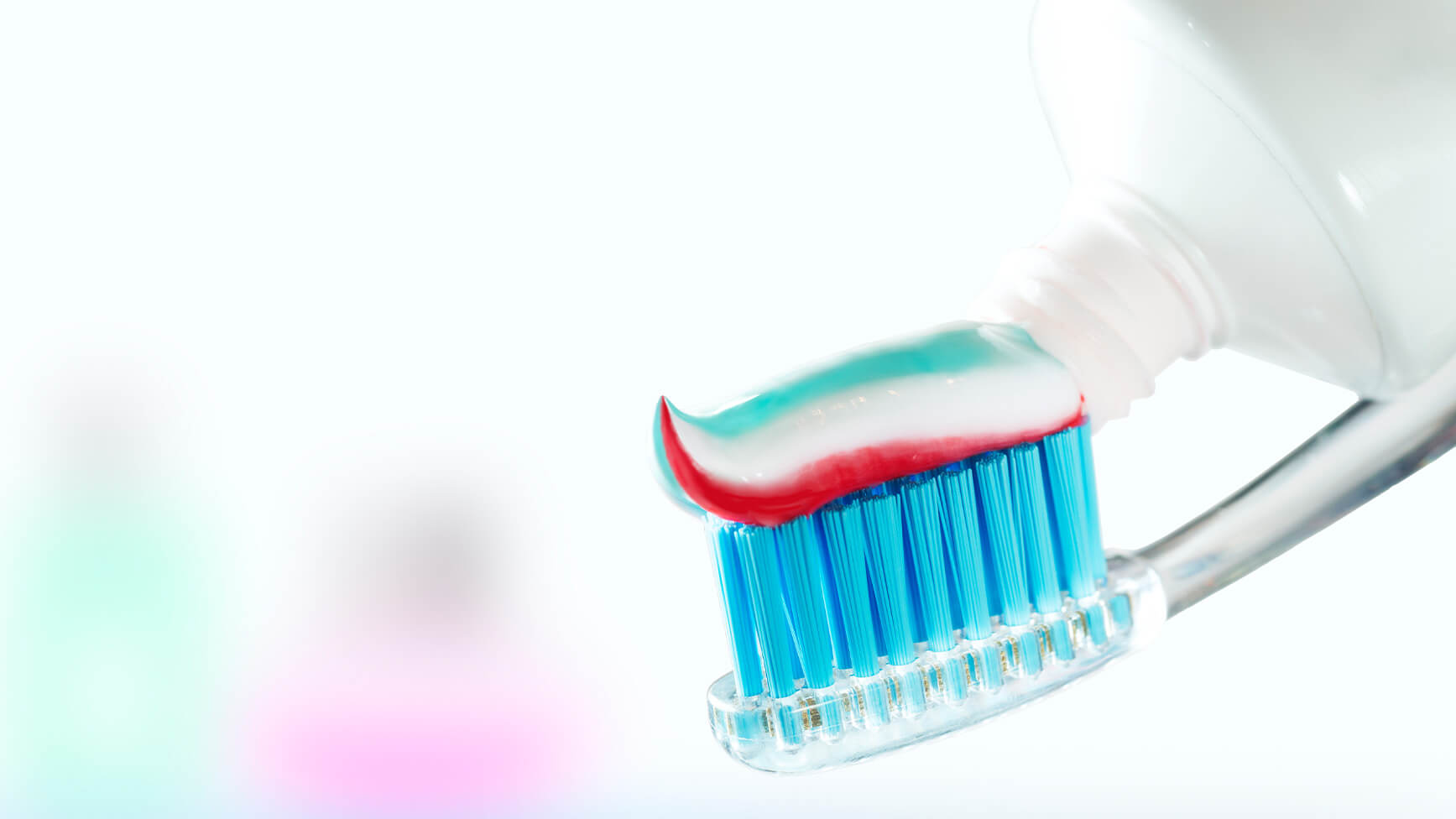
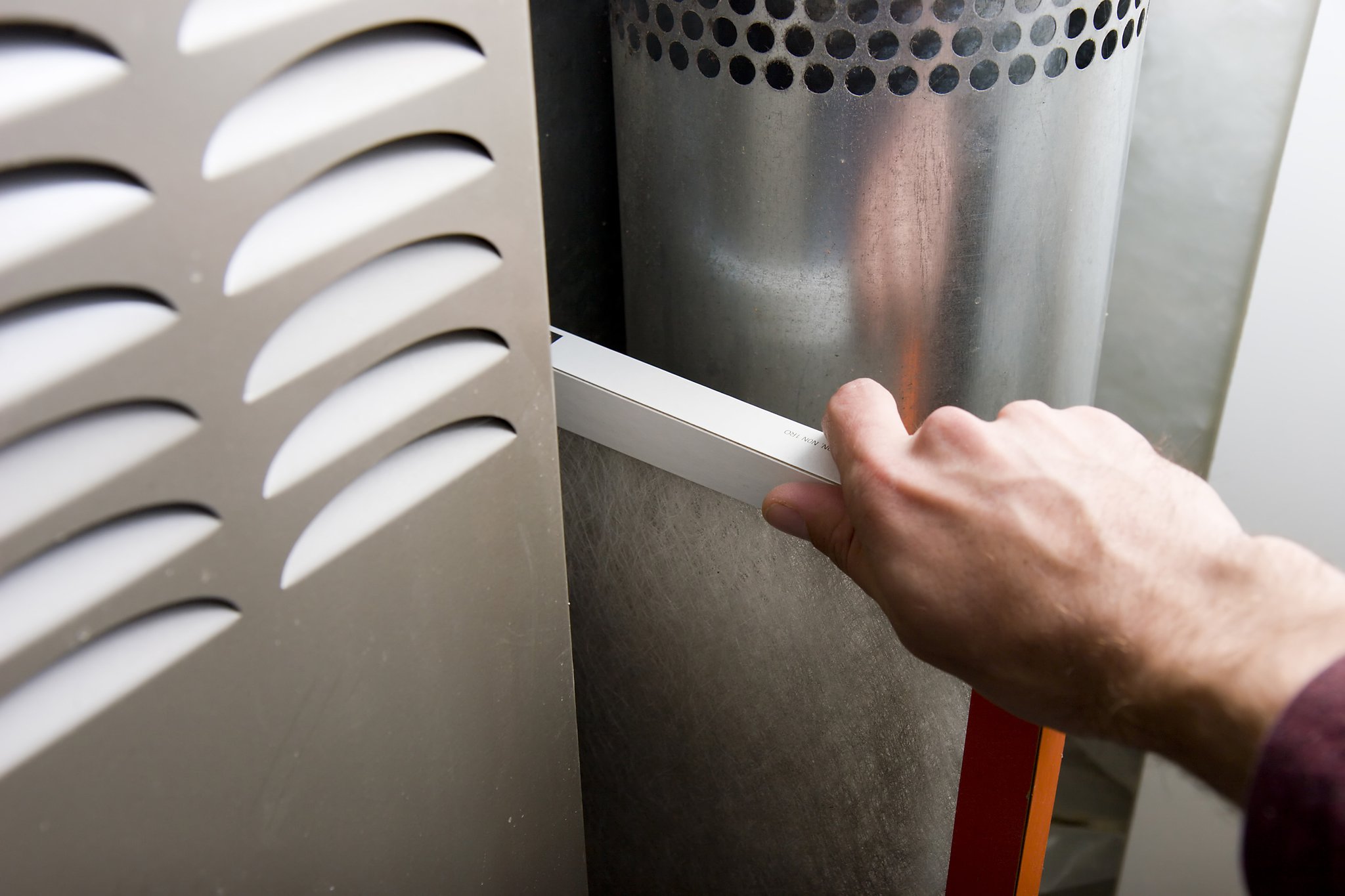
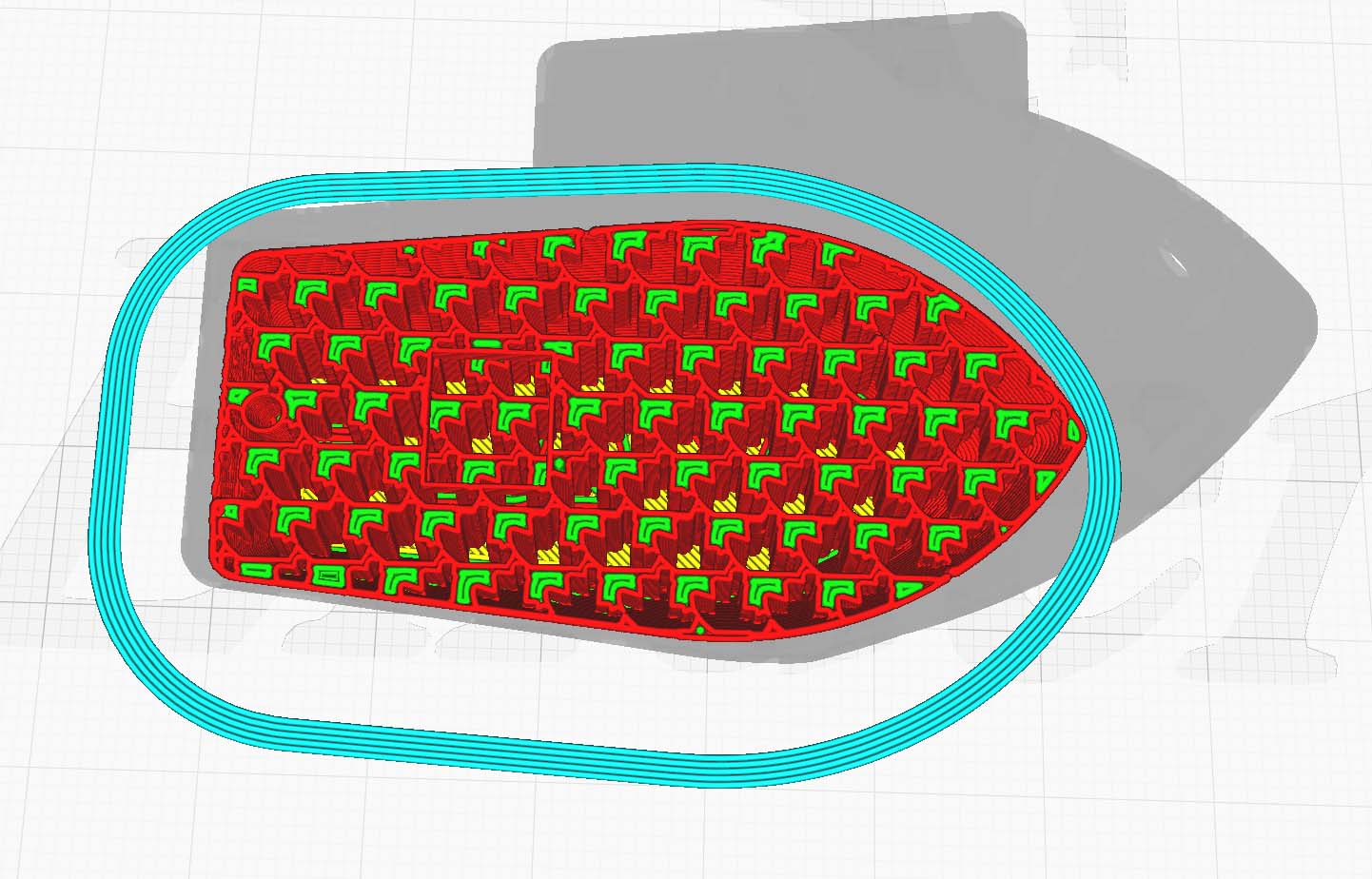
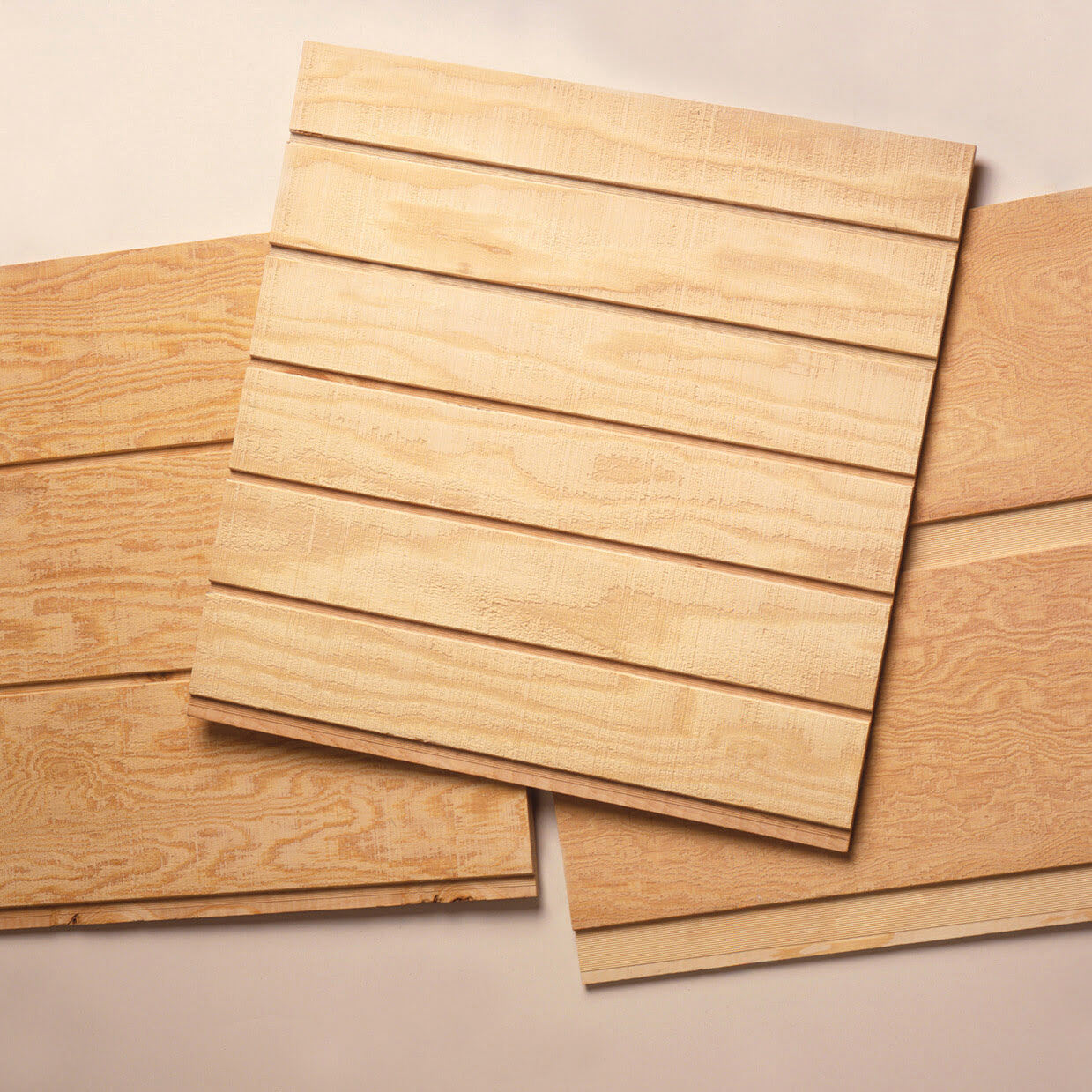
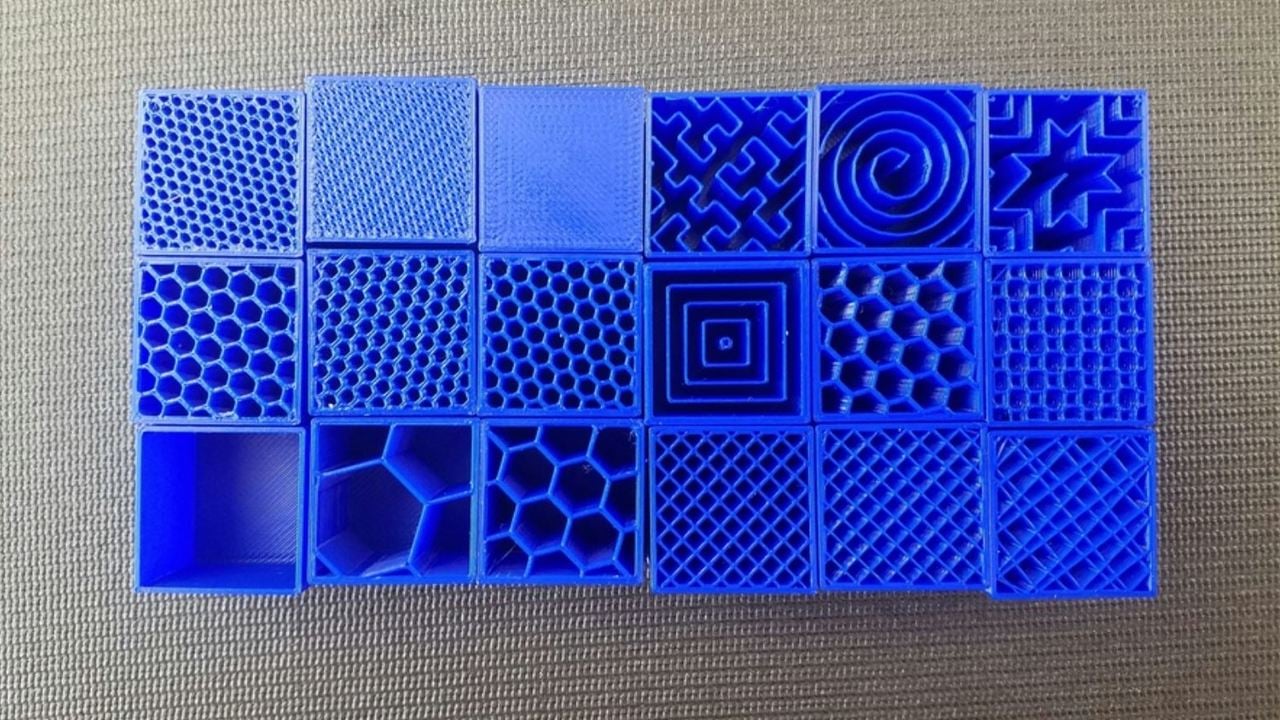
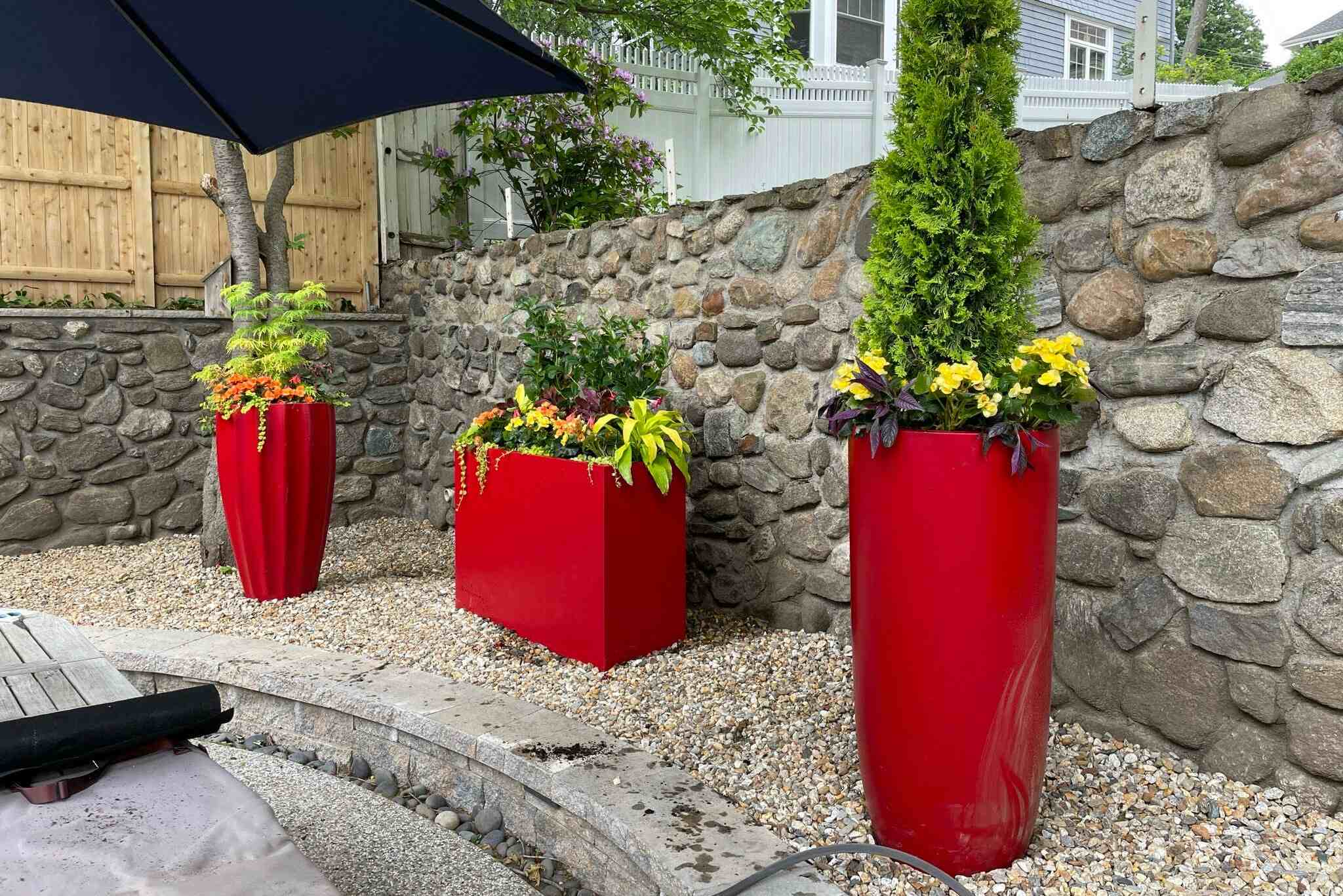
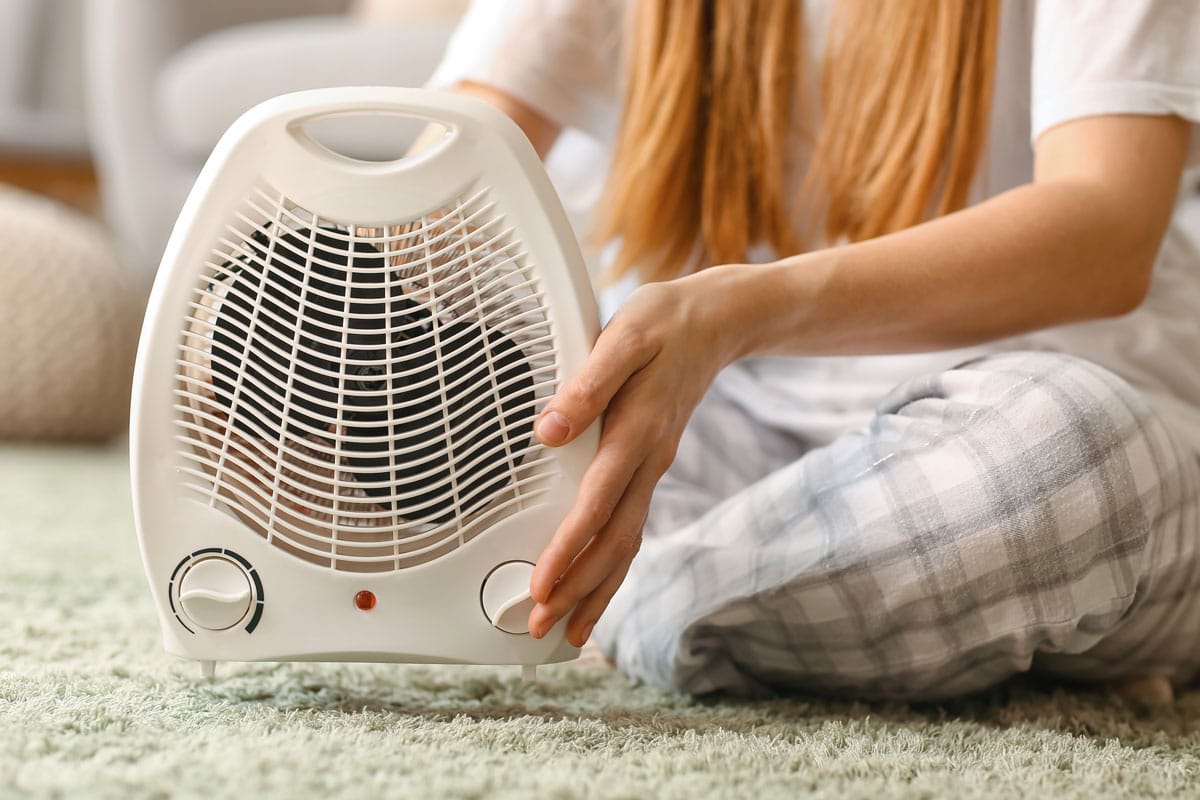
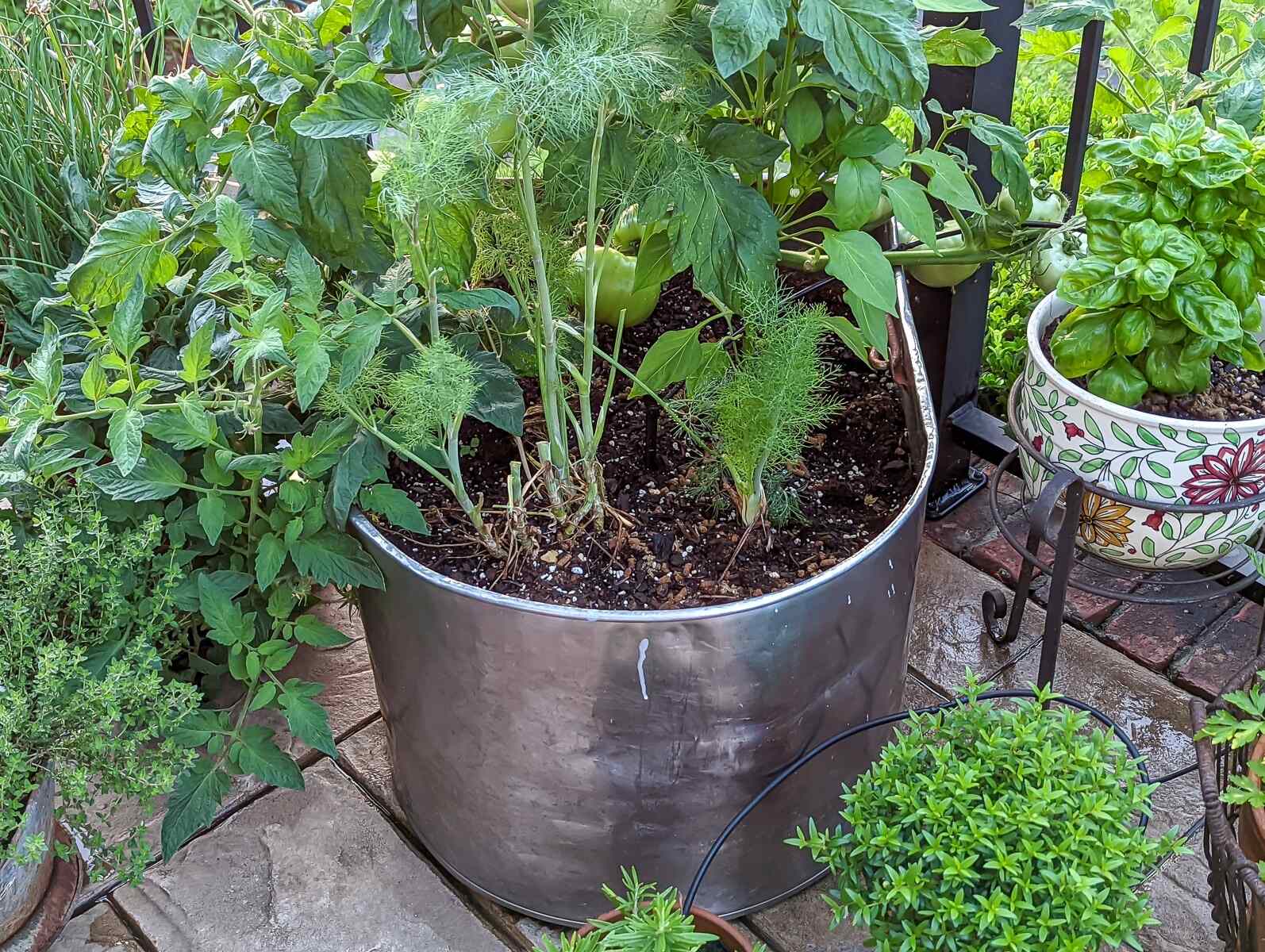
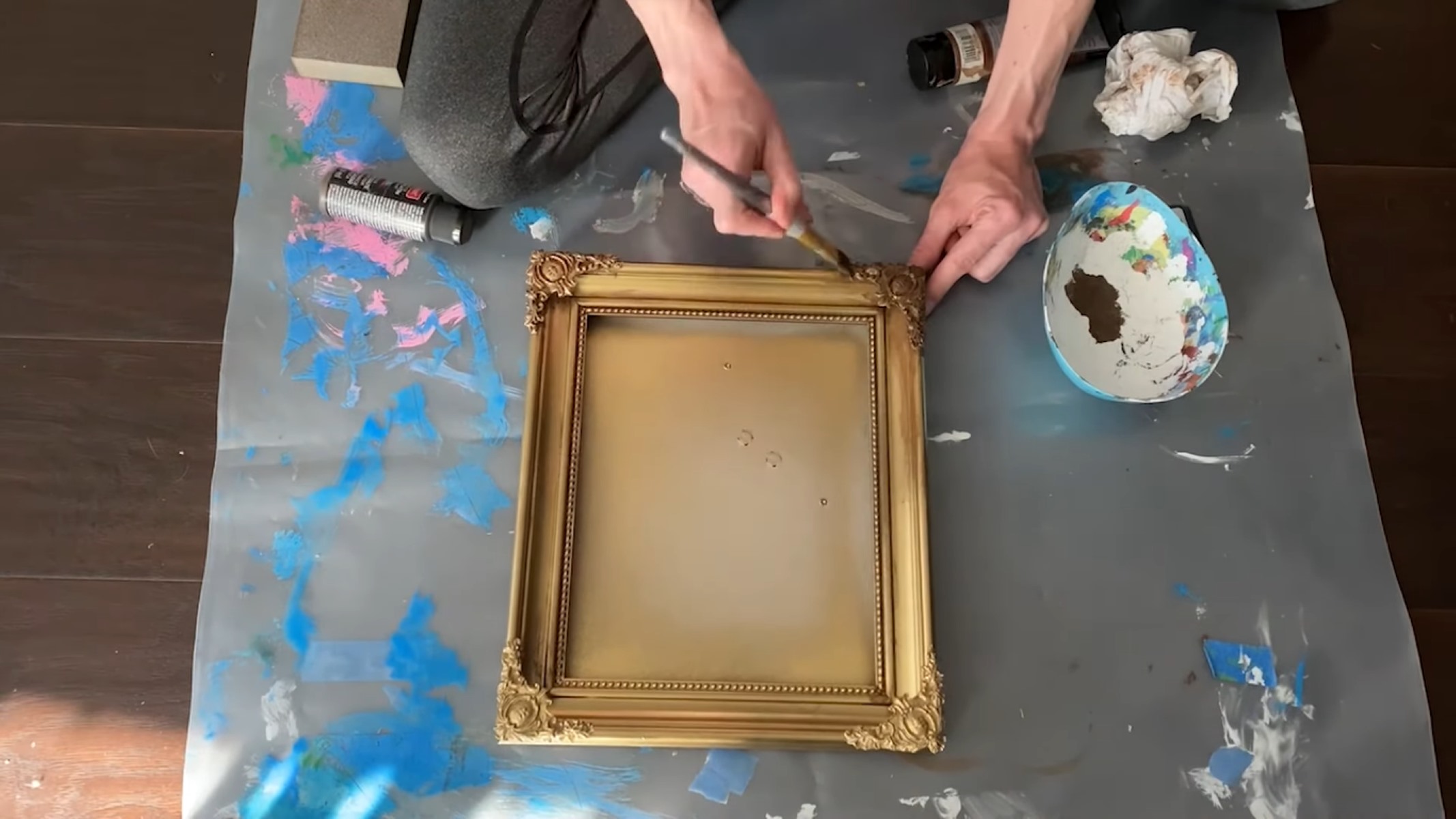
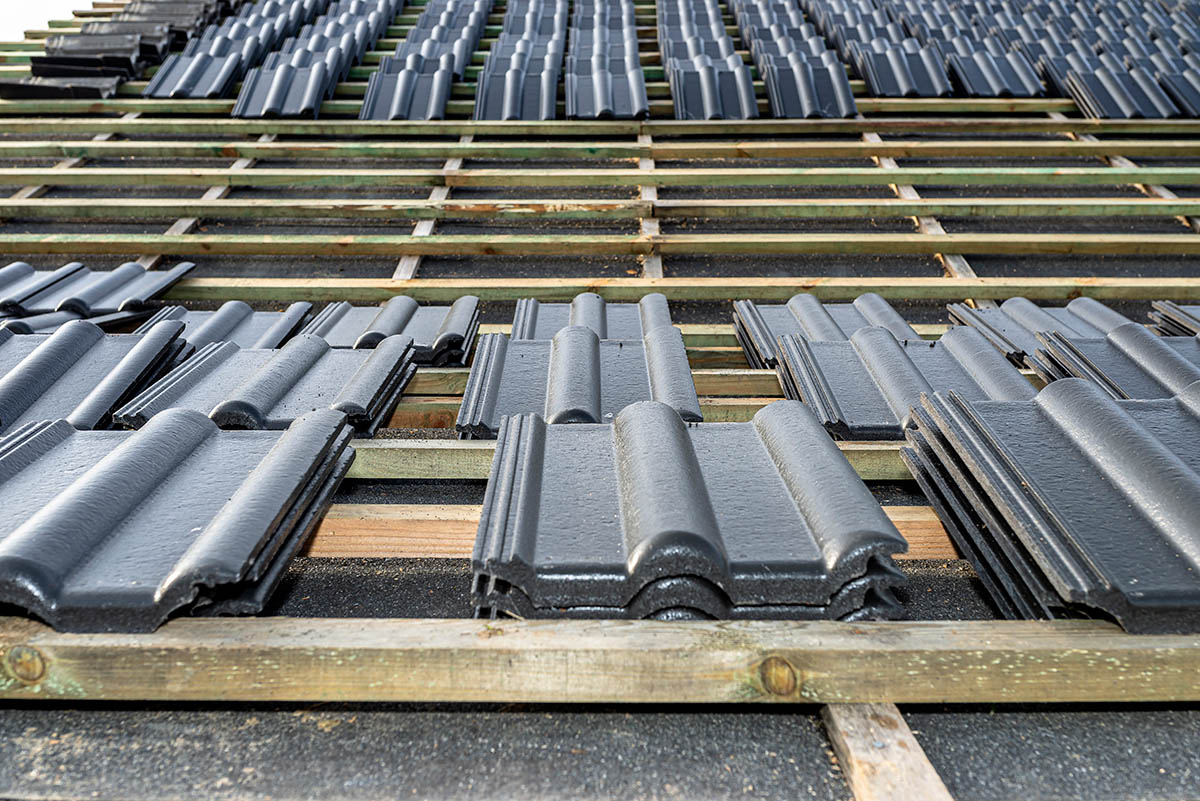
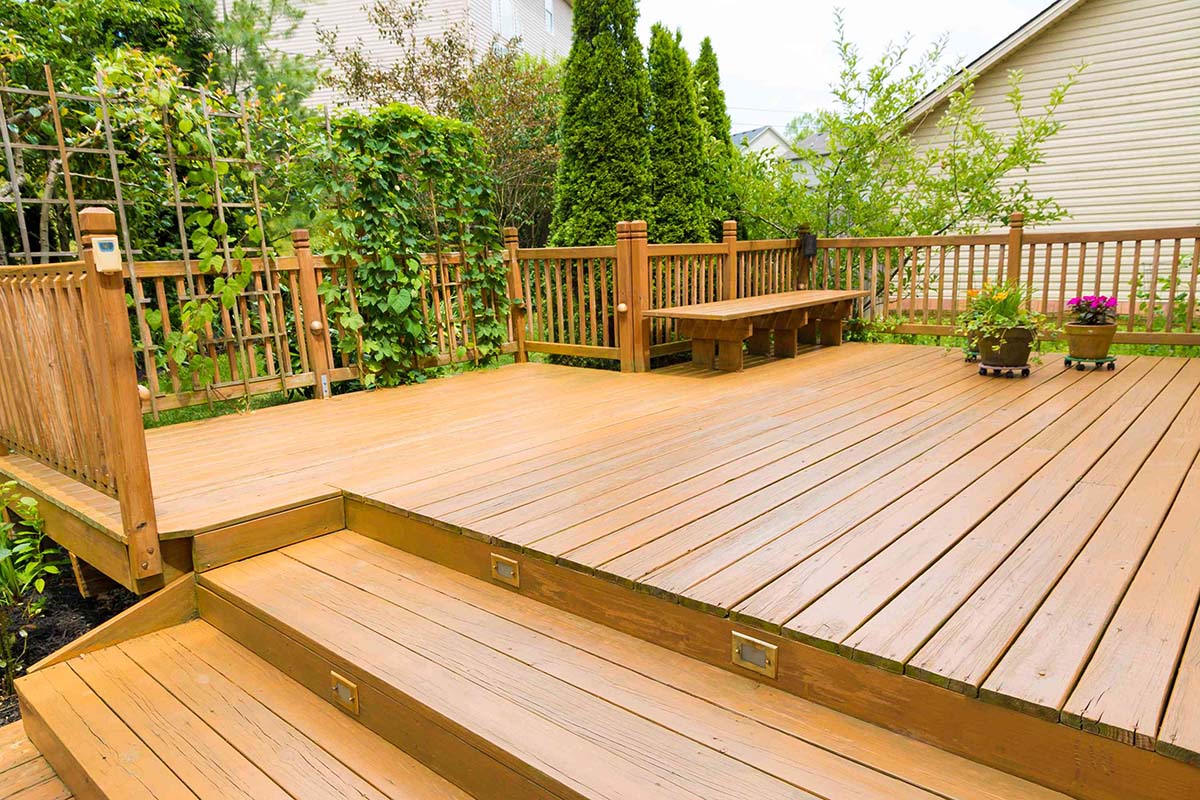

0 thoughts on “What Should I Use For Drainage/Filler In Wooden Deck Planter”